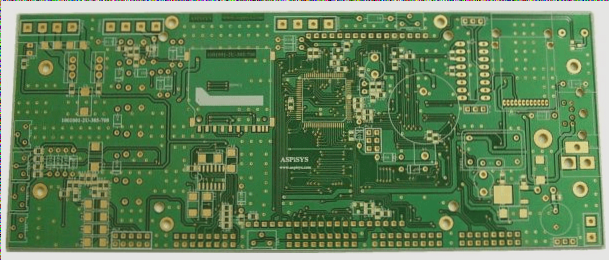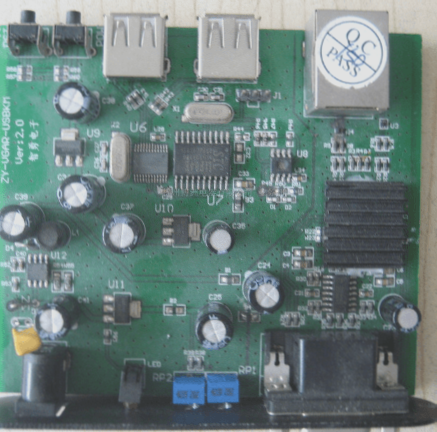Understanding Current Divider in Parallel Circuits
Introduction to Current Divider
Electrical circuits rely on the proper flow of current from one point to another. Analyzing current distribution is essential before working on any circuit. The current divider plays a vital role in parallel circuits by ensuring the correct distribution of current based on resistance values.

Key Concepts of Current Divider
- In a parallel circuit, current is divided into different branches based on resistance.
- Components like resistors, inductors, and capacitors determine the current distribution.
- Current flow is inversely proportional to resistance: lower resistance results in higher current.
- Each branch in the circuit maintains the same voltage level.
Derivation and Examples
By applying Kirchoff’s current rule and Ohm’s law, engineers can derive equations to understand current division better. Through practical examples, the core concepts of the current divider become clearer.

Applications of Current Divider
Designers and manufacturers use current divider principles to create efficient circuits, troubleshoot electrical systems, and ensure proper current flow for circuit health.
Understanding Current Division in Parallel Circuits
In a parallel circuit, the total current entering a junction equals the total current leaving the junction. This fundamental principle can be expressed as:
- ∑Iin = ∑Iout
Here, ∑Iin represents the total current entering the junction, while ∑Iout signifies the total current leaving the junction.
By rearranging the above equation, we arrive at a simplified statement:
The total current in a parallel circuit is the sum of the currents in each individual path.
This concept can be mathematically represented as:
IT = IR1 + IR2 …… (Equation 1)
Furthermore, Ohm’s law states that the voltage across a conductor is directly proportional to the current flowing through it and the resistance of the conductor. Mathematically, this relationship is shown as:
V = InRn …… (Equation 5)
For individual resistors in the circuit:
V = I1R1 …… (Equation 6)
V = I2R2 …… (Equation 7)
To calculate individual currents I1 and I2:
I1 = IT(R2/R1 + R2) …… (Equation 11)
I2 = IT((R1/R2 + R1) …… (Equation 12)
These equations are vital for analyzing parallel circuits and can be extended to circuits with multiple resistors.
Examples of Current Divider Circuits
Example 1
Consider a circuit with a 12V voltage source, two paths (P1 and P2), and resistors R1 (20 ohms) and R2 (30 ohms). Calculate the total current and individual currents in each path.
Solution
Given: V = 12V, R1 = 20 ohms, R2 = 30 ohms
Calculations:
- I1 = 0.6A
- I2 = 0.4A
- IT = 1A
Example 2
For a circuit with resistors of 10 ohms, 20 ohms, and 30 ohms and a total current of 5A, determine the current in each path.
Solution
Given: R1 = 10 ohms, R2 = 20 ohms, R3 = 30 ohms, IT = 5A
Calculations:
- I1 = 2.73A
- I2 = 1.36A
- I3 = 0.91A
Example 3
Explore the current divider rule in a circuit with a 30V source and three 10-ohm resistors. Find the total current and the current through the third resistor.
Solution
Given: V = 30V, R1 = 10 ohms, R2 = 10 ohms, R3 = 10 ohms
Calculations:
- Req = 15 ohms
- IT = 2A
- I3 = 1A
Current Divider Applications
- Current Divider in Transistor Biasing
- Current Divider in Current Sensing
- Current Divider in Analog Circuits
- Current Divider in LED Control Circuits
Transistors operate best within specific current ranges. A current divider circuit can be used to set the current for the emitter, base, or resistor, ensuring optimal performance and desired output.
A current divider circuit is essential for determining individual current paths to guarantee each component receives sufficient current, leading to optimal performance and component health.
Analog circuits require precise current control. By dividing the current into smaller values, the current divider enhances the accuracy of current representation in analog circuits, addressing issues like value fluctuations and attenuation.
Controlling LED brightness is crucial in LED circuits. Current dividers regulate the current passing through LEDs to prevent damage or dimness. They also help distribute the correct current among multiple LEDs in a circuit.
Today, we’ve explored the applications of current divider circuits and gained insights into their fundamental functions. We hope you found this information helpful.



